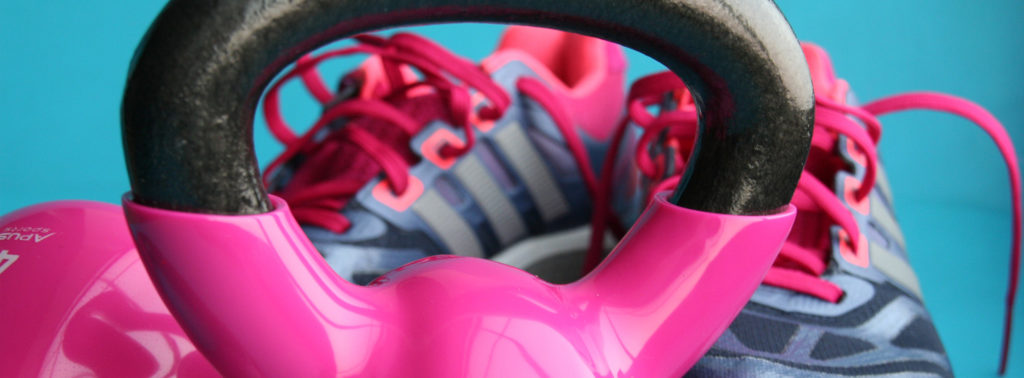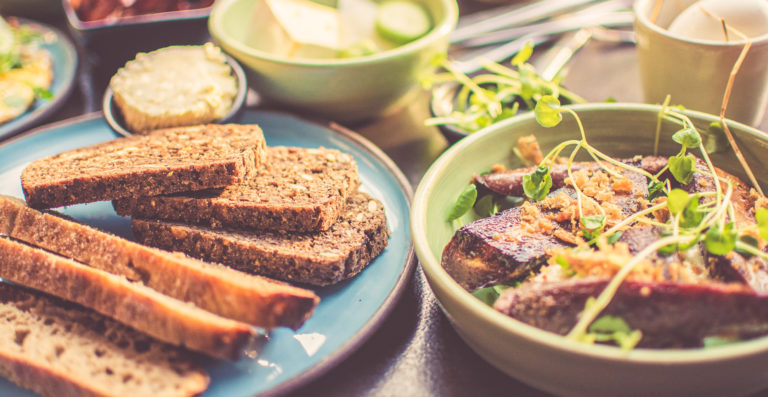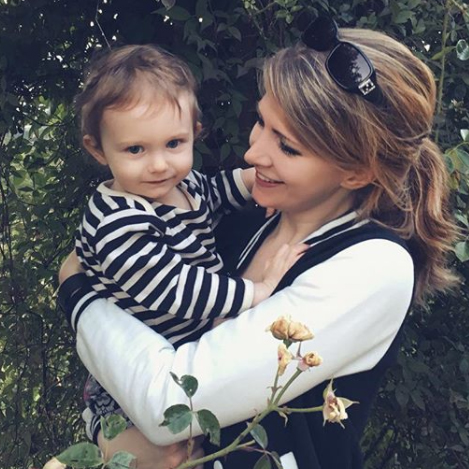
I’ve seen my weight fluctuate a lot since high school, but every single time I am determined to lose weight I do, and when I want it to, it can happen very quickly. Why? Weight loss is actually pretty simple, in theory, when you get to the root of it. While there are conditions that can make it harder to lose weight, weight loss is really about calories.
How To Lose Weight
To lose weight, you must burn off more calories than you take in.
Essentially, this entails knowing how many calories you burn on an average day and how many you consume. If you’re burning more than you are consuming, you should lose weight. How do you figure this out?
Find Calories Burned
First, figure out how many calories you burn in a day. This one from I found from IIFYM.com is pretty accurate and gives you your BMR (Basic Metabolic Rate) and your TDEE (Total Daily Energy Expenditure), which is the number you’re going to be working with.

Create A Calorie Defecit
Second, figure how much of a calorie deficit you’ll need to achieve your weight loss goals. The quicker you want to lose weight, the bigger the gap between what you eat and what you burn will have to be.
Generally, we say there are 3500 calories in a pound (there is debate around this), so in order to lose 1 pound of body weight you need to create a calorie deficit of 3500 calories. This might mean creating a deficit of 250 calories a day to lose 1 pound every 2 weeks or 500 calories a day to lose 1 pound a week. You can also go for an even higher deficit to lose weight faster, but this can be difficult because hunger is a thing and you do not want to starve yourself. Don’t go overboard with cutting calories. Reducing your calories by too much can slow your metabolism. Generally, you only want to reduce calories by about 15-20% of your TDEE.
Track Your Calories
Third, track your food using a calorie counter. Track everything; every TimBit, every potato chip… everything. You’ll quickly figure out how many calories you eat on an average day. This will also let you figure out where the majority of your calories are coming from.
You can continue to track your daily calories for a long time if you want, or just a few days or weeks; it really depends on how strict you want to be. If you’re the kind of person who enjoys a lot of mindless snacking or grazing on small bites of food throughout the day, long-term calorie tracking might be beneficial if you find you’re unable to lose weight.
You can use an app like MyFitnessPal to track your calories. I’ve been using it since 2010 and it’s by far my favorite. There’s a paid premium version, but to just track your daily calories and macronutrients the free version works perfectly.
Tips For Fast Weight Loss
Eat nourishing foods that are low in calories
Make sure that all the food you eat is high in nutrients. As soon as you start cutting calories you compromise the nutrients that your body will receive, so in order to be nourished (and avoid your body craving more food) you need to eat really healthy food. Fruits, vegetables, nuts, seeds, whole grains, etc.
Replace all drinks with water and herbal tea
There are a lot of hidden calories in what you drink, whether it’s fruit juice, soda, energy drinks, but there are none in water and herbal tea, and fortunately, they’re also the healthiest drinks for you. Freshly made juices, however, are okay because they are low-calorie source of nutrients.
While you’re trying to lose weight, drink a lot of water. Not only will this help you assess when you are truly hungry, but water is needed to metabolize fat, thus it helps you lose weight.
Coffee, while being low in calories, is not ideal for weight loss since it increases your cortisol levels, which can signal weight gain. If you can’t live without coffee, drink it in moderation and without added sugar or milk.
Every single meal should be mostly vegetables
If you’re used to, for example, having a plate of pasta with Parmesan cheese, a side of chicken, and a small bit of corn, it’s time to switch it up. Have a small side of pasta and small portion of chicken with a large serving of corn, peas, and broccoli. Vegetables are nourishing and low in calories, so keeping most of your plates as vegetables will dramatically help your weight loss efforts.
The exception here is fruit; fruit should always be eaten alone to aid digestion. (Learn more about why this is a rule here) Don’t avoid fruit if you’re trying to lose weight. While it’s high in sugar, it’s the good natural sugars your body needs. Fruit is also high in fiber which aids weight loss. If you have a sweet tooth and you want to avoid calorie-rich cookies and cakes, just load up on fruit. It’s rich in nutrients and just sweet enough to satisfy cravings for sweet things.
Exercise
Okay, you already know this one, but it’s still worth mentioning. The more you exercise, the faster you will lose weight. Exercise burns calories and will help create a larger gap between what you eat and what you burn. You don’t have to go overboard with exercise; just go for a short walk everyday, head to the gym on your lunch break, or just put on some music and dance.
To Conclude
Losing weight isn’t easy; if it were there would be fewer diet books on the shelves and gyms wouldn’t always be so busy. Weight loss requires discipline and sacrifice and the ability to be mindful of what you eat. You don’t have to give up the foods you love but you should try to minimize their portion sizes and do your best to work them into your daily calorie goal.
The more you stick to your calorie plan the quicker you will lose weight. This means that ‘cheat days’, while a fun idea, can absolutely throw your diet off track. I know that’s difficult to hear. Sorry. Calories still count on a ‘cheat day’ so if you want to spend a day eating foods you know you shouldn’t, at least be mindful of the calories you consume and put in a bit more exercise.
Sources
Nutritional Symptomatology.
Danielle Perrault. Ontario. CSNN Publishing, 2013. Print.
Anita Bean. The Complete Guide To Sports Nutrition; 7th edition
London: Bloomsbury Publishing, 2013. Print.






Leave a Comment